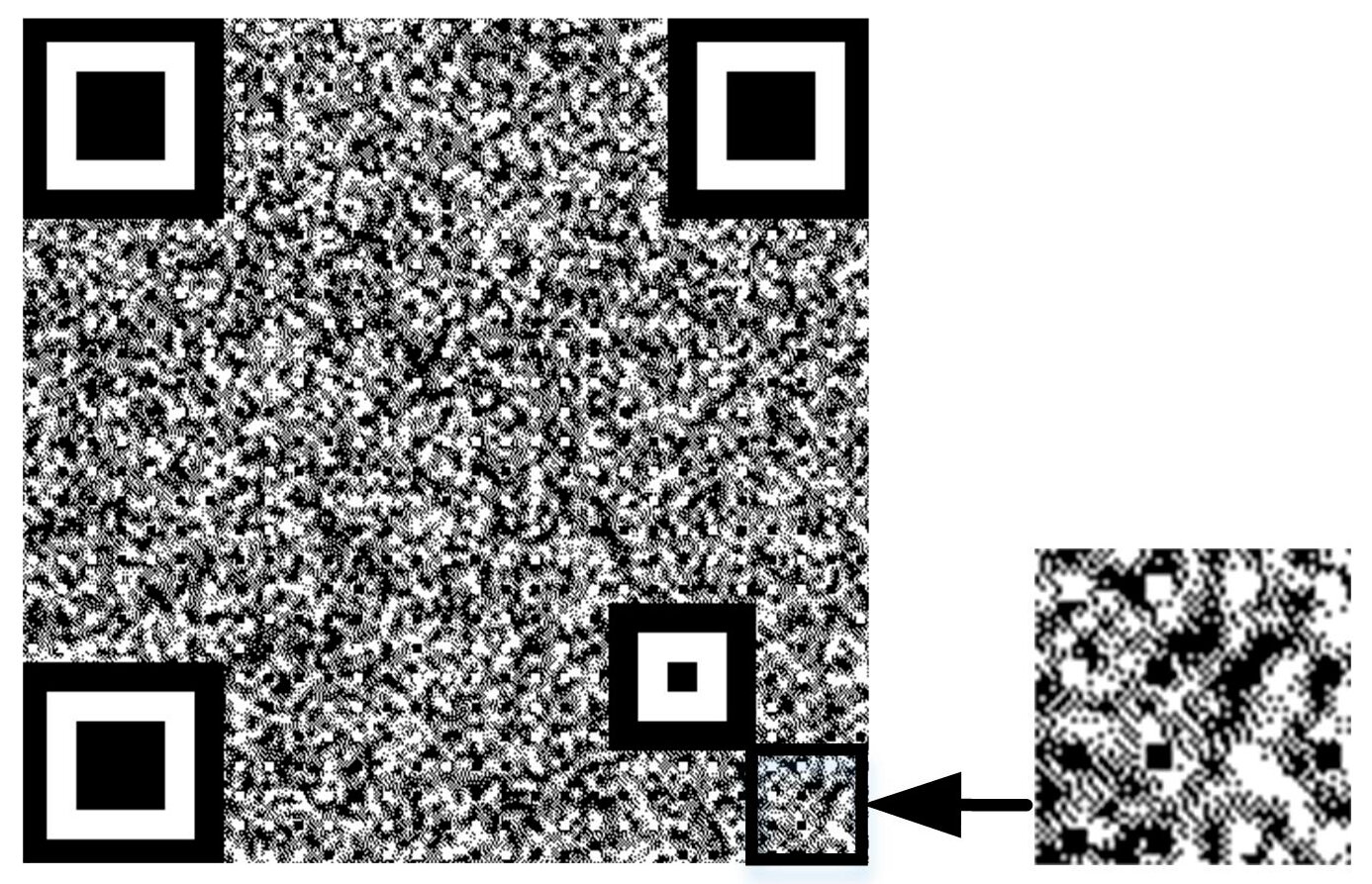
4 minute read
loyalty program software
How to Implement Anti-Counterfeit Codes Effectively
Counterfeit products are a growing problem in today’s market, affecting everything from clothing and electronics to medicine. To protect your brand and customers, implementing Anti Counterfeit Code is essential. These codes ensure that only genuine products reach the end user, safeguarding your business's reputation and consumer trust. But how do you effectively put these systems in place? Let’s break it down into simple and easy words.
1. Choose the Right Type of Anti-Counterfeit Code
There are several different types of anti-counterfeit codes, such as QR codes, barcodes, holograms, and RFID tags. The key is to pick a code that suits your product and industry. For example, QR codes are often used for consumer goods, while RFID tags are ideal for higher-value items like electronics or luxury goods. Make sure the code you select is difficult to duplicate and easy to verify.
2. Incorporate the Code into Your Supply Chain
Once you’ve chosen your anti-counterfeit code, it’s important to integrate it into your entire supply chain. This includes manufacturers, distributors, retailers, and customers. The goal is to track your product from the moment it leaves the factory until it reaches the consumer. This not only prevents counterfeiters from entering the market but also helps detect where the problem might be if counterfeit goods do show up.
3. Use a Digital Verification System
Having a code alone isn’t enough. You need a reliable way for customers and stakeholders to verify the product’s authenticity. This is where a digital platform comes into play. By scanning a QR code or entering a unique serial number, consumers should be able to quickly determine if the product is real or fake. Ensure that the system is user-friendly and provides instant feedback.
4. Educate Your Customers and Partners
Your anti-counterfeit system will only work if people know how to use it. Educate your customers on how to check for authenticity. This can be done through instructions on your product packaging or website. Similarly, make sure that your distributors and retailers are fully trained in how to verify the codes. Clear communication is key to making the system work.
5. Monitor and Update Regularly
Counterfeiters are constantly evolving their tactics, so your anti-counterfeit codes need to stay ahead. Regularly monitor the effectiveness of your system and update it as necessary. This could involve changing the code technology, upgrading the digital verification platform, or even redesigning the packaging to include additional security features.
6. Leverage Analytics
One major advantage of using anti-counterfeit codes is the ability to gather data. Analytics can help you spot trends, such as where counterfeit products are most common or which regions may need better supply chain oversight. By analyzing this data, you can make informed decisions and improve your anti-counterfeit strategy over time.
7. Consider Legal Support
Sometimes, implementing anti-counterfeit codes isn’t enough to deter counterfeiters. In these cases, legal action may be necessary. Work with your legal team to protect your brand, and don’t hesitate to take action against counterfeiters to send a strong message. Incorporating legal warnings on your packaging or website can also discourage counterfeiters from trying to duplicate your product.
8. Ensure Global Compliance
If your product is sold internationally, it's important to consider global regulations and standards related to anti-counterfeiting measures. Different countries may have specific requirements for product labeling and traceability. Ensure that your anti-counterfeit codes are compliant with these laws in all regions where your product is sold. This not only strengthens your protection but also avoids legal issues or delays in product distribution.
9. Offer Incentives for Code Scanning
Encouraging your customers to actively participate in verifying product authenticity can be more effective when there's an added benefit. Consider offering incentives for code scanning, such as discounts, exclusive content, or loyalty points. This boosts consumer engagement and increases the likelihood of them scanning the anti-counterfeit code, helping you detect counterfeit products faster.
10. Collaborate with Industry Partners
Joining forces with other businesses in your industry to combat counterfeiting can amplify the effectiveness of your efforts. Many industries, such as pharmaceuticals and luxury goods, have associations dedicated to anti-counterfeiting. Collaborating with these organizations can provide access to shared knowledge, better technology, and industry-wide initiatives to stop counterfeiters.
11. Test and Improve Your System
Before fully implementing your anti-counterfeit code system, conduct a thorough test. Test it across different regions, with various customer types, and in different distribution environments. Collect feedback to understand any potential flaws, user difficulties, or counterfeit vulnerabilities. Improving based on real-world feedback ensures that your system is as robust and effective as possible before it fully rolls out.
Final Thoughts
In today’s global market, safeguarding your product with anti-counterfeit codes is more important than ever. The process may seem daunting, but by following these steps—selecting the right code, integrating it into your supply chain, and continually updating your system—you’ll be on the path to protecting your brand and ensuring product authenticity.










